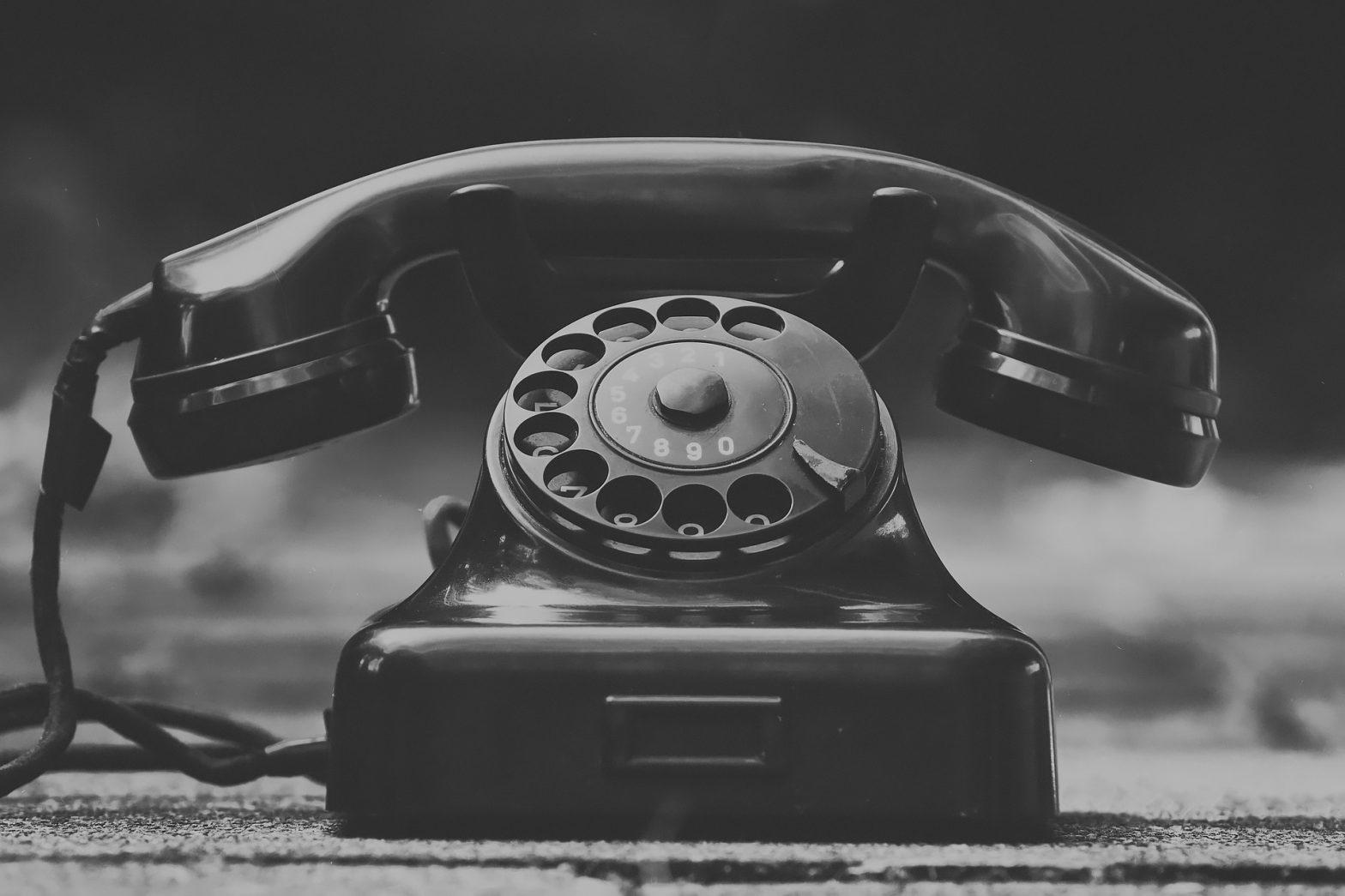So you’ve looked at your local phone bill and it was… oh my, I’m paying that much for a simple landline phone number? This doesn’t seem right! How can I be paying $40 a month for a landline phone (base price around $15/month, plus “options” price like call waiting around $20/month, plus taxes around 22%, plus plus plus)?

Well it doesn’t matter how you wound up paying that much. The unfortunate answer is that you are. That monthly fee turns out to be $500 per year after taxes. Yikes! But are there any real, viable, and safe options? And further, are you really ready for a change? I mean, it is only $500 a year. Most of us pay more than that eating fast food every year.
If you are not quite ready to accept this change, then this article is for you. If your answer is, “Yes! I am ready for a change! I’m ready to ditch my landline! I’m ready for an alternative that will save me some dough!”, then this paper is also for you. We’ll talk about the pros and cons of different services, and even the “risks” that you will face with getting rid of your phone line.
Ditch the landline is focused on the home user or small SOHO user. It is not a technical step-by-step or “how to” document (of which many exist), it is a document to get you comfortable and thinking about the switch. Sometimes you just need to know your options before you make a decision; if that is you, this paper is for you.
Please contact me for more advanced opportunities like private branch exchanges and other multiple user deployments.
Excerpts from the document
Please send me a message for the entire document. Below are a few excerpts.
1. What are your needs?
Let’s get down to it: What do you need in a land line replacement? And also, what will you have to do differently — or are willing to do differently — in order to save money? Sometimes just thinking about your needs and the alternatives will help you determine what you would rather be doing.
So what is it that we really want to be able to do? We want to be able to call our friends, family, and business associates. That’s it. Oh, and the occasional E911 call. Anything else? Yes one more thing, how about the White Pages entry? In most cases, you will lose your white pages entry. Okay, now did we cover everything? Well, maybe not completely.
When exploring alternatives, be sure to remember what exactly you wish to replace. Phone service isn’t just “tip and ring” any longer. What we call Basic service often includes Caller ID, Call Waiting, Call Forwarding, Three Way Conference Calling, 411, Fax, Visual Voicemail, SMS, MMS and E911 calling. E911 is vital enough to warrant a closer look, so it will be discussed for each of the options.
2.4. Google Voice
Google Voice is a little more complicated than the other solutions, but not nearly “too” complicated — especially if we can save some money! The gvoice service is provided by, you guess it, Google. As of this writing the service is free for inbound and outbound calls to the US and Canada. Free is good, especially since the whole purpose of this paper is to reduce our phone bill, right?
Before we discuss anything else, it is important to know that Google Voice is not a voice service provider. You heard this right. Google Voice does not officially provide phone call termination. As such, Google is not under FCC “phone call” jurisdiction for the data that traverses their network (the data that looks an awful lot like a phone call). Also, as a non voice provider, you get no E911 service. Try to dial 911 and you’ll get the response, “Please enter a valid number”. Not exactly what you’ll want to see during a heart attack.
But, with a little work, you will have E911 service. This might be deal breaker for you. Or… maybe not. You’ll have to decide for yourself just how much work you are up to.
Okay, you’ve made it this far. Since Google Voice is not a telephone service provider, how can we use it as one? We want to be able to make calls and receive calls. That’s it. That’s what my current phone company does, and that’s what I’d like to do here. Can Google Voice do this? You bet!
Basic Google Voice works off your computer, just like basic Skype. Is this enough for you? If you are like me, no, it isn’t enough! So, first things first: How can you make and receive phone calls on your standard phones with Google Voice? Well, that is a good question. Google Voice does not provide direct access to a POTS — remember, Google Voice isn’t a telephone service provider. So what are our options? One option is to purchase an ATA and configure it appropriately. Obihai has done the hard work for you with the Obi device family. Configured correctly, you can use your home phones connected to the Obi for all calls, including E911 calls. The Obi devices are around $50.
3. Conclusion & suggestions
In this paper, we’ve explored several truly viable alternatives to the traditional phone service.
If you are living single, moving to a Cell Phone only world is certainly a choice to consider. On the other hand, if you have more than one person living in your household, Google Voice with an Obi ATA is the least expensive option available (total cost around $50). Hosted services like NetTalk, MagicJack, and Skype are likely to provide about the same level of service as Google Voice at a marginally increased cost. In all these choices, keep in mind your E911 needs.
<Originally posted 2011 on phoneexchange>

Leave a Reply
You must be logged in to post a comment.